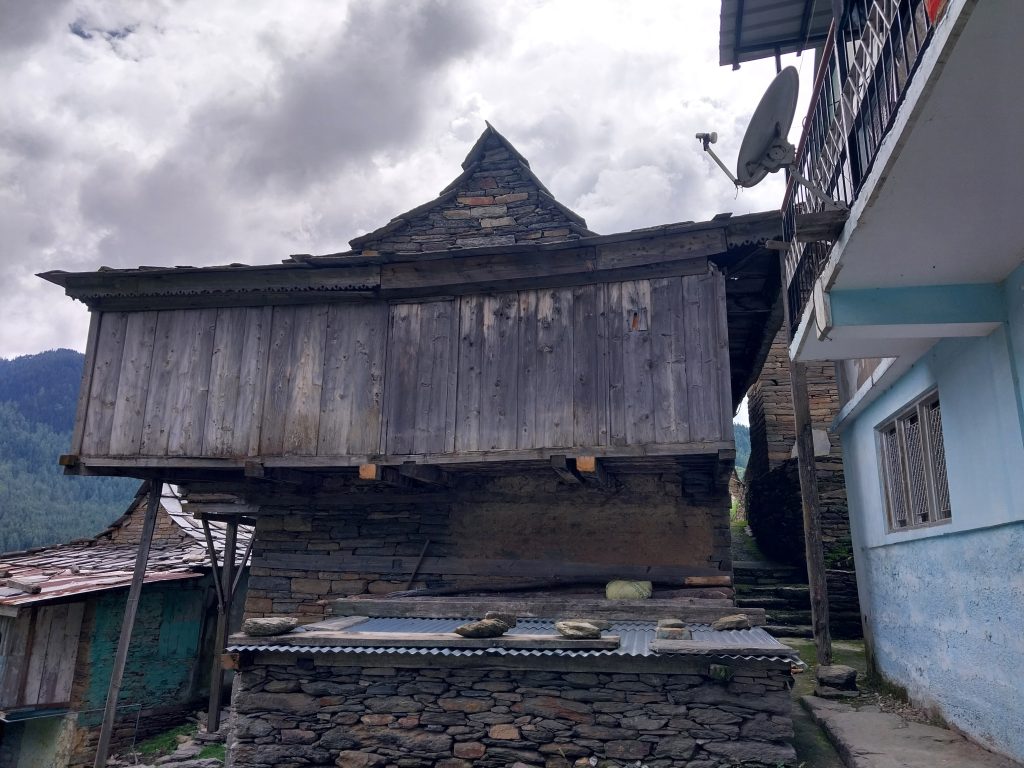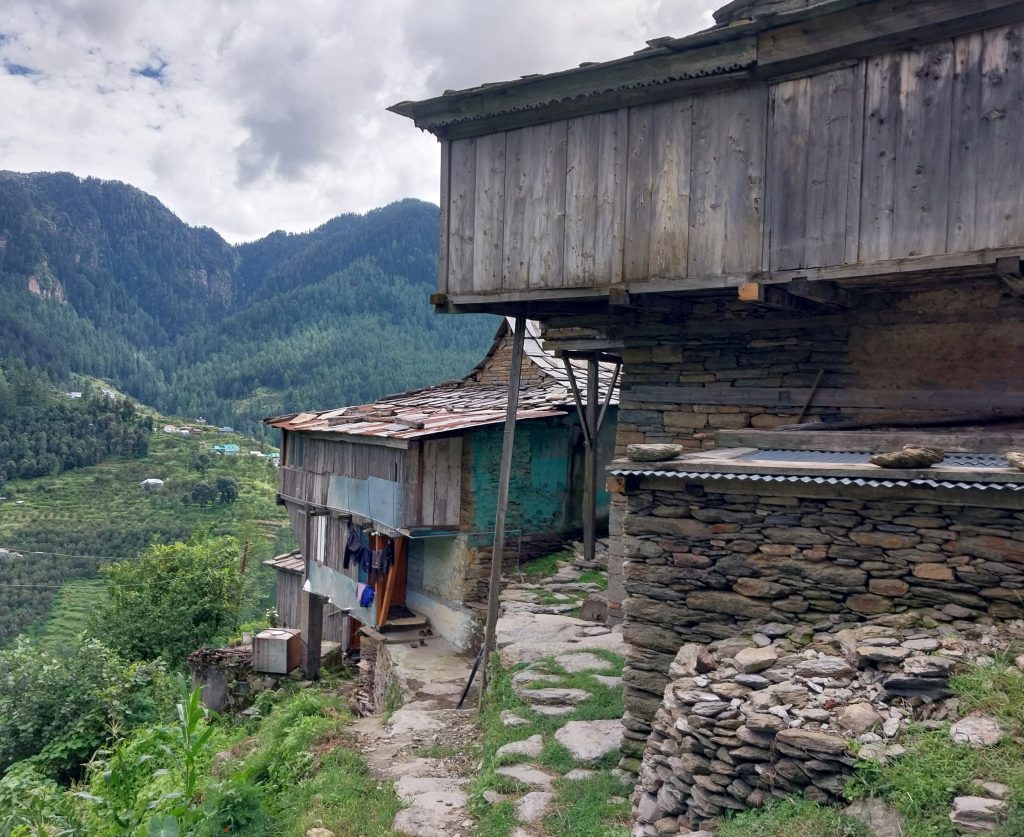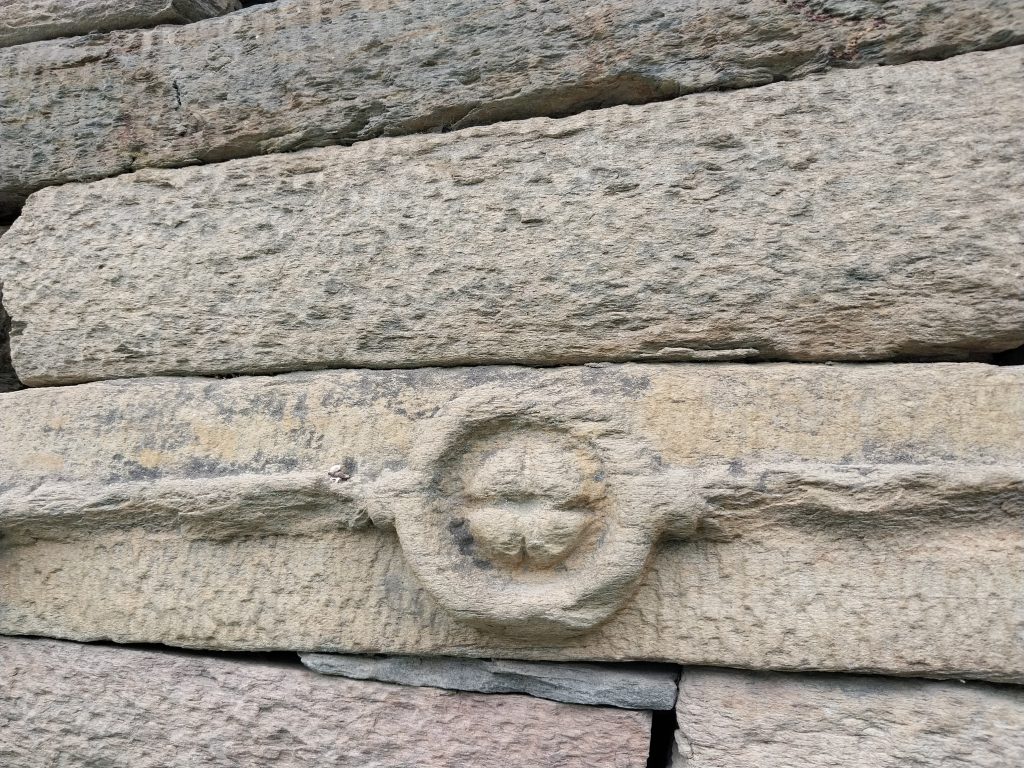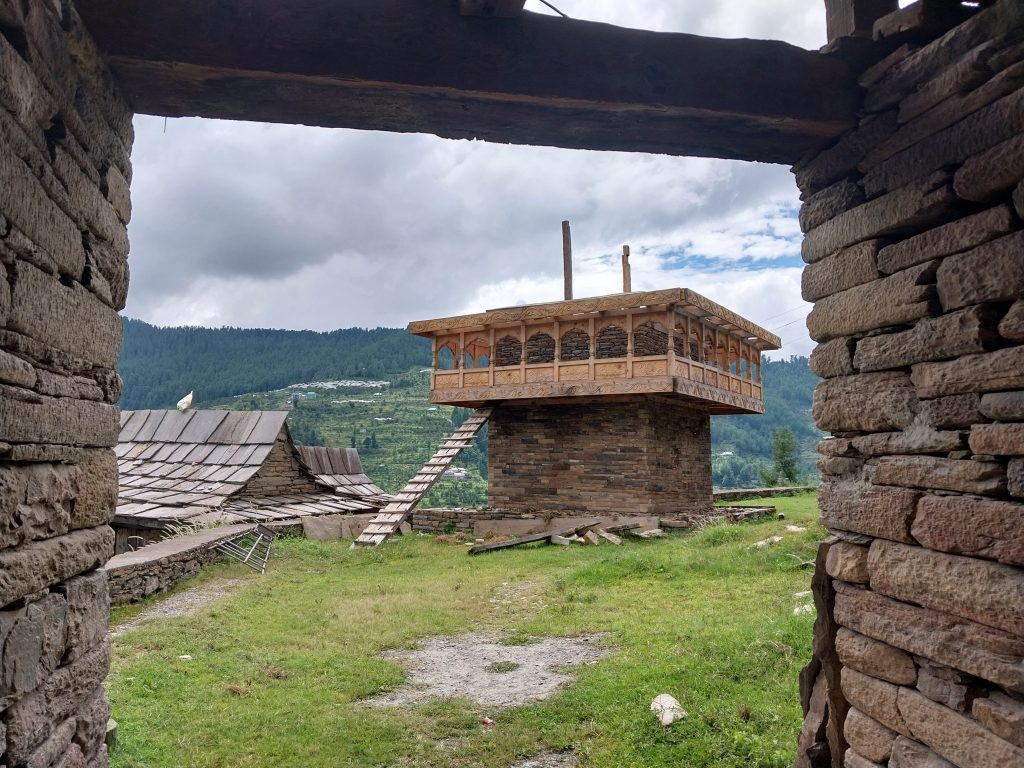The architectural heritage of Himachal Pradesh, marked by the eco-friendly Kath-Kuni style of wood-and-stone construction, blends functionality with beauty. Its historic temples and homes, which showcase timeless craftsmanship, now face modern challenges, writes Deepanwita Gita Niyogi

The majestic Himalayas, the elusive snow leopard, delicious apples and the home of His Holiness the Dalai Lama Lama – the mountainous state of Himachal Pradesh in northern India has a lot to offer tourists, both international and domestic.
However, the state’s architectural grandeur is also noteworthy as structures made of stone and wood combined together can still be seen in many places. This is the famous Kath-Kuni style.
As a design, Kath-Kuni has multiple extant patterns. The word kath means wood and kuni stands for corner. So, any kind of wood and stone combination used in building is known as Kath-Kuni. There is also the Dhajji Kuni style found in Chamba district of the state. It is a crossed style made with stone and wood. Chamba offers scenic beauty and cultural heritage, and is well-known for arts and crafts.
Some of Himachal’s old houses and ancient temples still bear this type of look. Temples in Chamba, as well as places like Kullu and Shimla districts, are made in the Kath-Kuni style, where wood has been used for construction and the roof is made up of stones (slate).
Origins of Kath-Kuni
According to Nikhil Thakur, this trend started when stone quarries were found in places across the state like Kangra, Chamba, Mandi, Shimla and Khanyara. The latter is a village in Dharamshala, famous for being the seat of Tibetan Buddhism. Thakur is a Ph.D scholar and teaching associate, Department of Anthropology, Amity University, Noida.

Manoj Sharma, a resident of Shimla district, pointed out that structures made of wood and stone are eco-friendly. They provide warmth in the harsh winters when many parts of the state receive heavy snowfall. In the summer season, the temperature inside such houses and temples remains cool. A temple near Sharma’s house is almost 1500 years old. Both stone and wood have been used in its construction.
“Traditional temples of Himachal Pradesh are mostly built in the pagoda style as part of Kath-Kuni. This ensures that snow does not accumulate on the top during winters. Such temples are seen in Chamba, Shimla and parts of Kullu district,” said Thakur.

Apart from the eco-friendly aspect, temples, built of stone, have beautiful and intricate designs made on them. For construction, the quality of the stone has to be good, said Kishore Negi, a staff, who works at the Dr YS Parmar University of Horticulture and Forestry in Solan district. Mostly black and grey coloured stones are used and the wood is collected from nearby forests. Some of the trees used for wood are deodar, tosh and tunni.
Thakur explained that before slate came into vogue, either grass or mud was used. It was locally known as khapru. “However, after 1900, slate became popular because of factors like strength and durability. One can still see 100-year-old houses and the slate used in them is in a good condition even today. In Khanyara, even small bridges made of slate can also be seen. Thick slabs of slate are used for these. It was slate which made Khanyara, Asia’s richest gram panchayat long ago,” he added.

Slate is commonly attached to wooden batons using thick nails. “But there are different kinds of placements of the slate. A popular style is the placement of one slate between two wooden batons. It is popularly known as lehardaar slate.”
Dip in demand
Unfortunately, over time, with the rise in the popularity of tin shades and the low availability of slate, the latter’s usage has almost disappeared. Gone too are these traditional houses and temples of Himachal.
Tin shades look attractive because of the colours. The high cost of slate also discourages people from using it. Also, after years of extensive mining, slate production has hit a low.
“However, some people have started using slate once again. But there is a twist. Normally, slate is now used with cement as tiles for roofing,” the scholar explained.
Slate roofs have a deep cultural connection in Himachal. The belief is that such roofs are used to offer seeds to birds, which is a symbol of prosperity. Many local deities are also placed on slate roofs.












